Creating an ecosystem with artificial reefs
The oceans cover approximately 71% of the earth’s surface. They are divided into 5 significant parts named: Antarctic, Arctic, Atlantic, Indian and Pacific. But it is in less than 0.1% of this water surface that 25% of marine species are found. “Coral reefs, or reef systems, lie within a fringe that forms between the Tropic of Cancer and the Tropic of Capricorn and on the eastern side of the continents.
This is because the large river systems flow into the western coasts of the continents, carrying sediments that cloud the waters”.
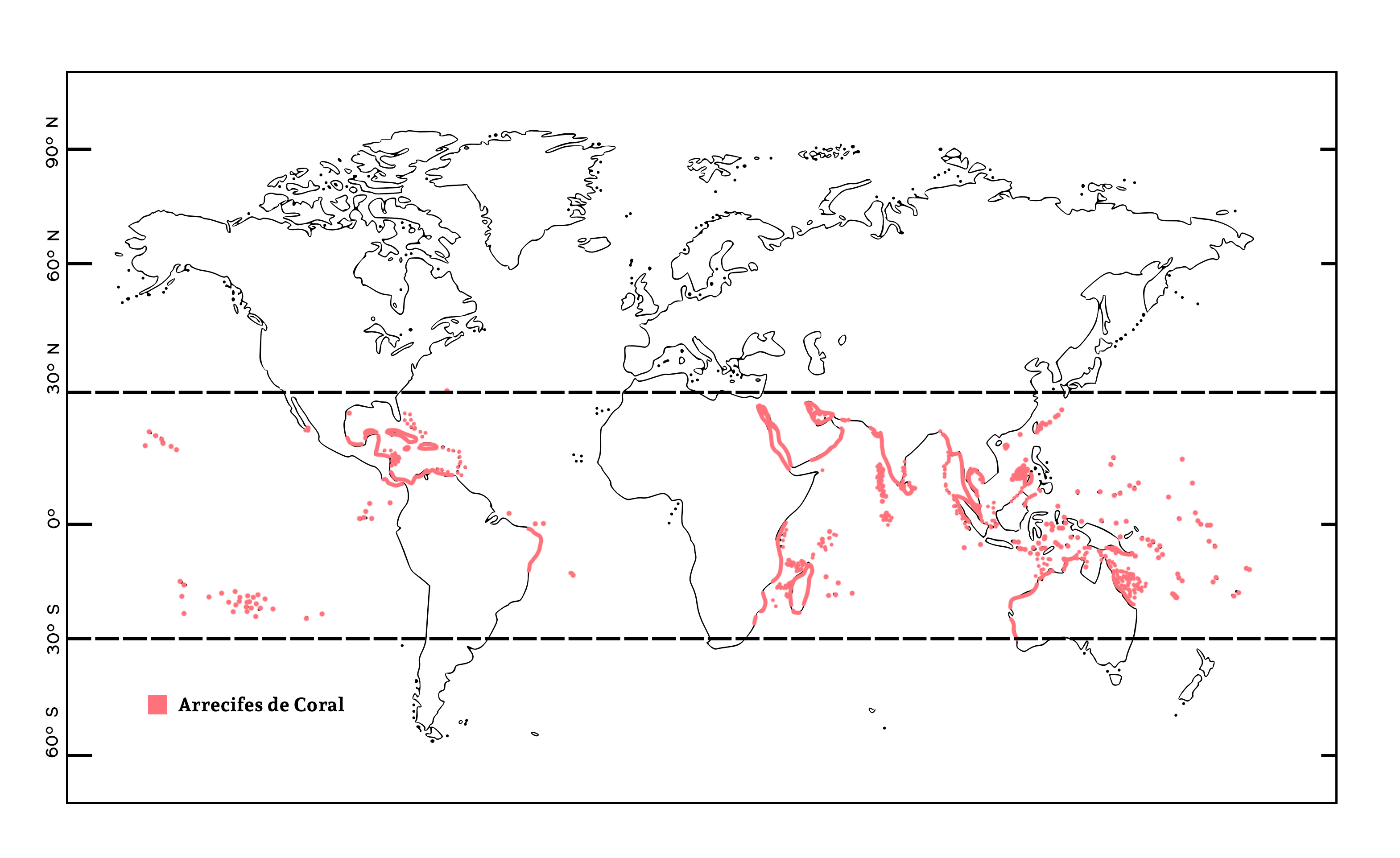
World distribution map of coral reefs
Illustration: Landuum
“Currently there are 13 protected natural areas (PNA) that include reef areas, nine of them are in the Gulf of Mexico and the Caribbean Sea, and the others are in the Pacific and in the Gulf of California. Also, within the framework of the Convention of Important Wetlands “RAMSAR” the areas with coral reefs have been included. Of the 51 Mexican sites registered within the convention, 11 have reefs”¹.
For many years humanity has neglected these reefs in many ways; the oceans have been tirelessly exploited for both mineral resources and human food, which has caused the collapse of species. Oil has been extracted uncontrollably, radioactive waste has been dumped, and atomic bombs have been exploited for military experiments, the obligatory question is: What have we given in return?
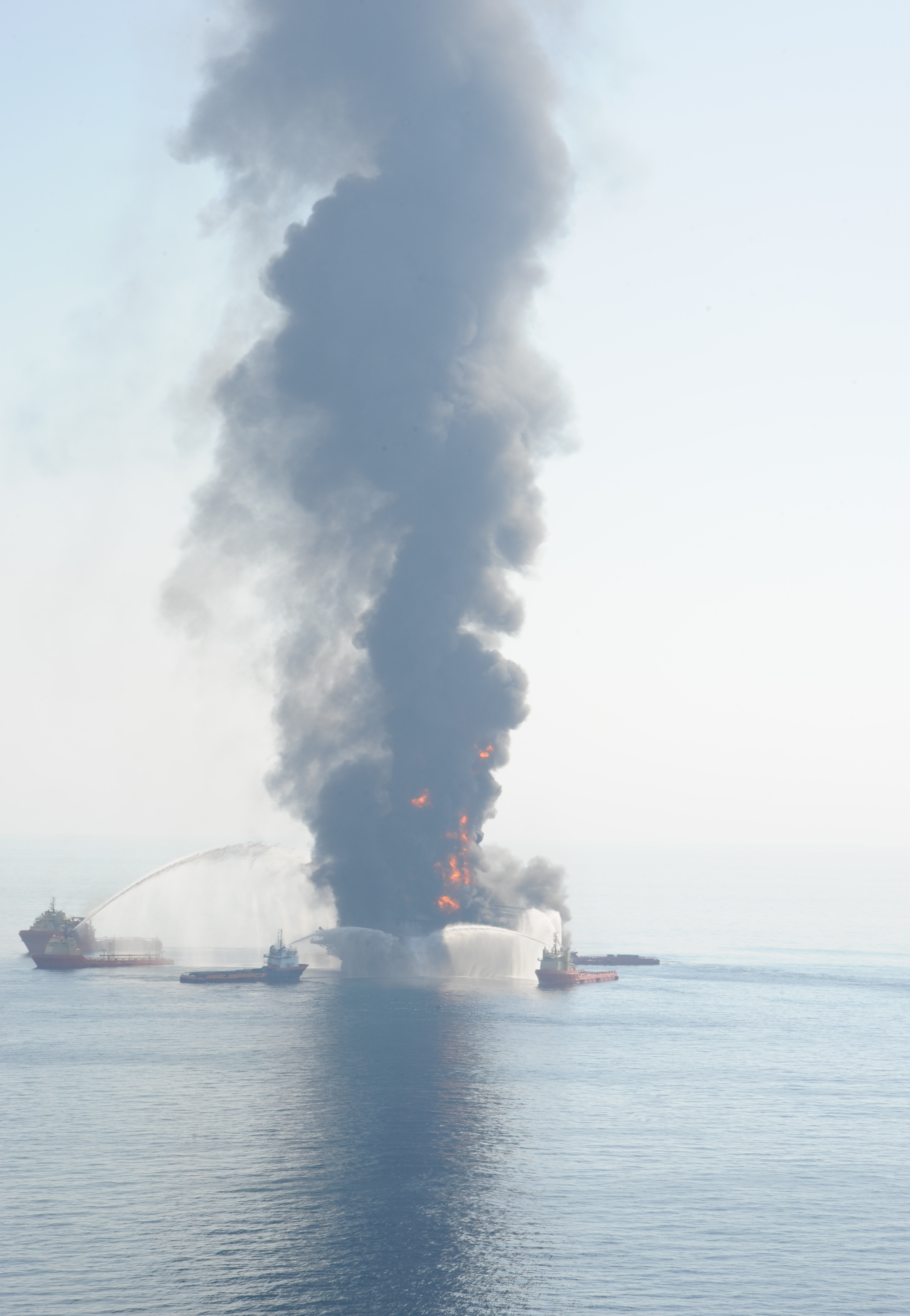
Deepwater horizon explotion
Photography: kurtschwehr, creativecommons.org
In the last decades, we have realized that this damage is irreversible and that our children may not have the opportunity to immerse themselves and interact with marine life.
That is why it is our responsibility, as the adults of this generation, to make a change in people’s consciousness to improve marine ecosystems.
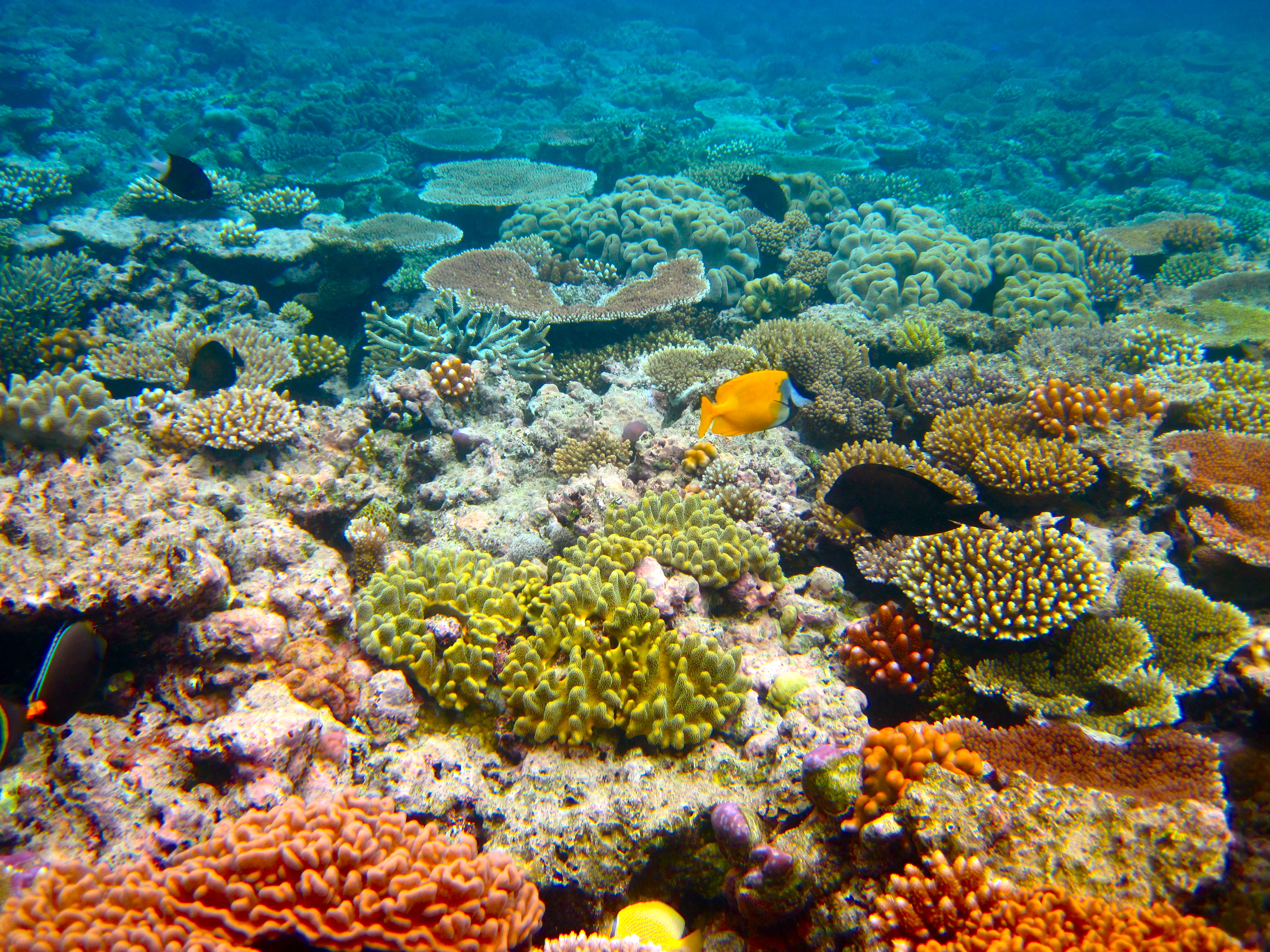
Reef
Photography: Kyle taylor creativecommons.org
Fortunately, we are still in time to try to reverse the damage; on a small scale, we can create substrates capable of harboring marine flora and fauna. These methods are known as Artificial Reefs.
“Artificial Reefs are human-made structures of various materials and shapes, with the porpuse of create a habitat for marine life”.
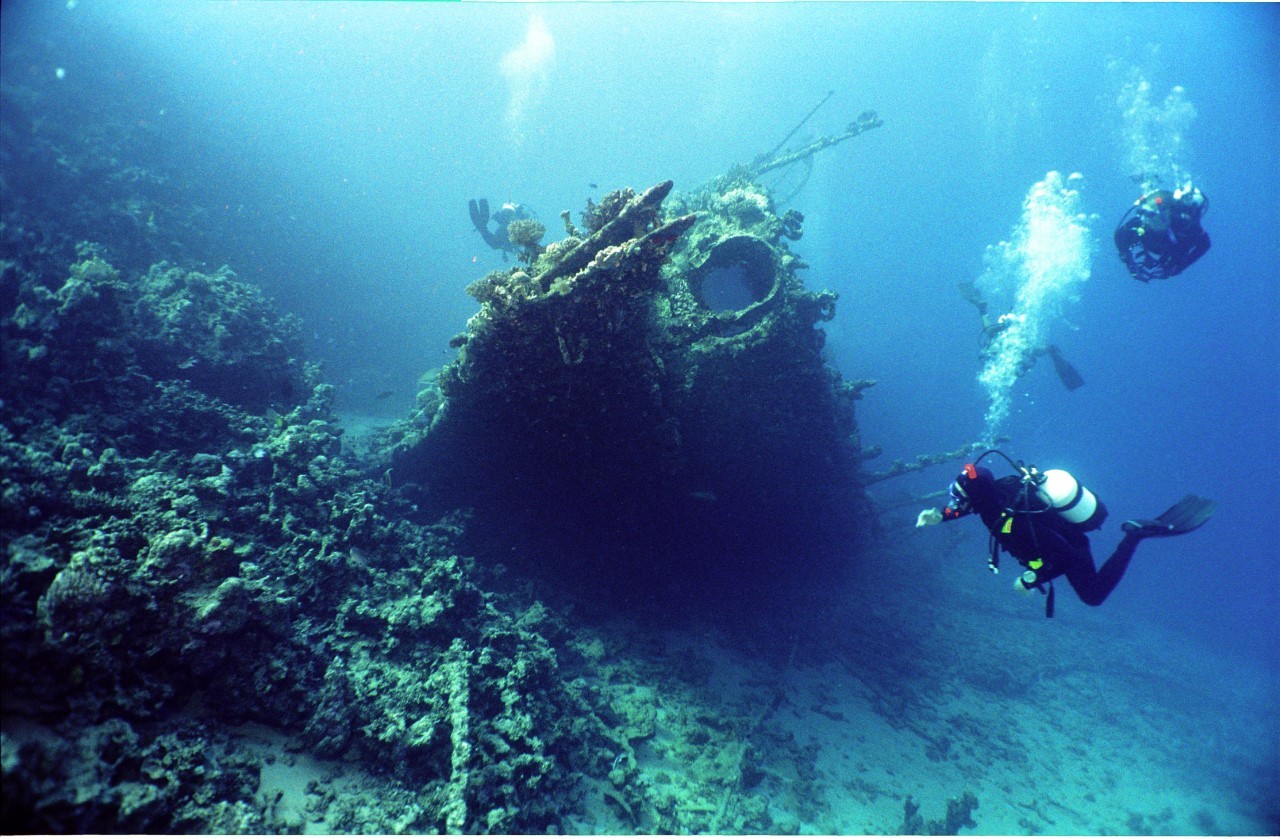
Sunked ship
Photography: ierdnall creativecommons.org
For many years, ships, planes, and debris such as tires, cars, among other things, sank. However, they found that these elements, primarily metals, eventually disintegrate and contaminate way more than what they help in the end.
Then the 2nd generation of Artificial Reefs emerged. Elements specifically designed to last over the years and not pollute the environment.
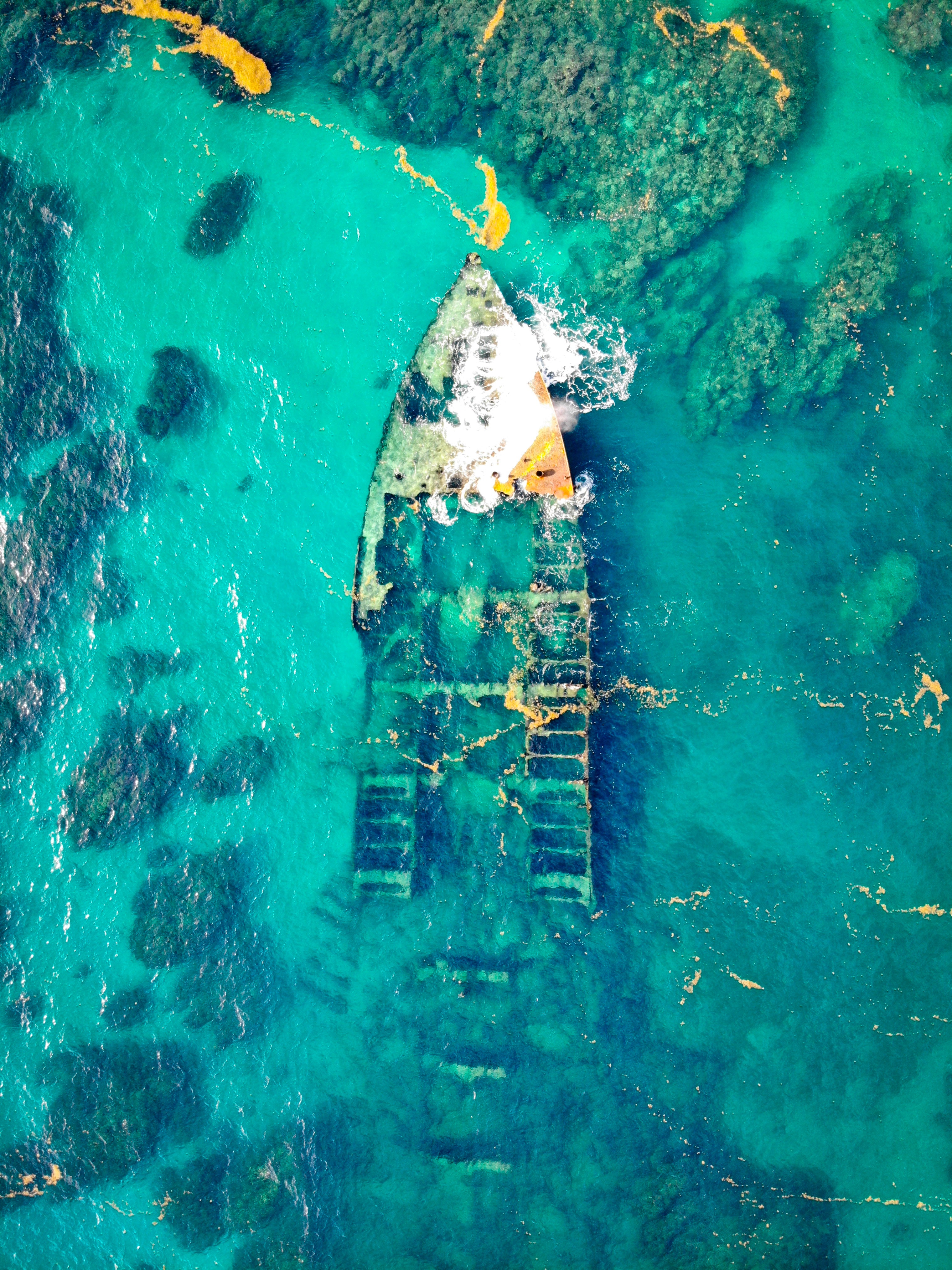
Aerial view of sunken ship
Photography: Pexels.com
Reef Ball is a leading international organization dedicated to the creation of artificial reefs made of concrete, with our patented formula, we create a friendly and highly durable concrete, which guarantees to be the best substrate for the fixation of various species of marine flora.
With a spherical design, we maximize the exhibition area and create a unit capable of sheltering all kinds of marine fauna: fish, crustaceans, mollusks, among others, and thus create an ecosystem.
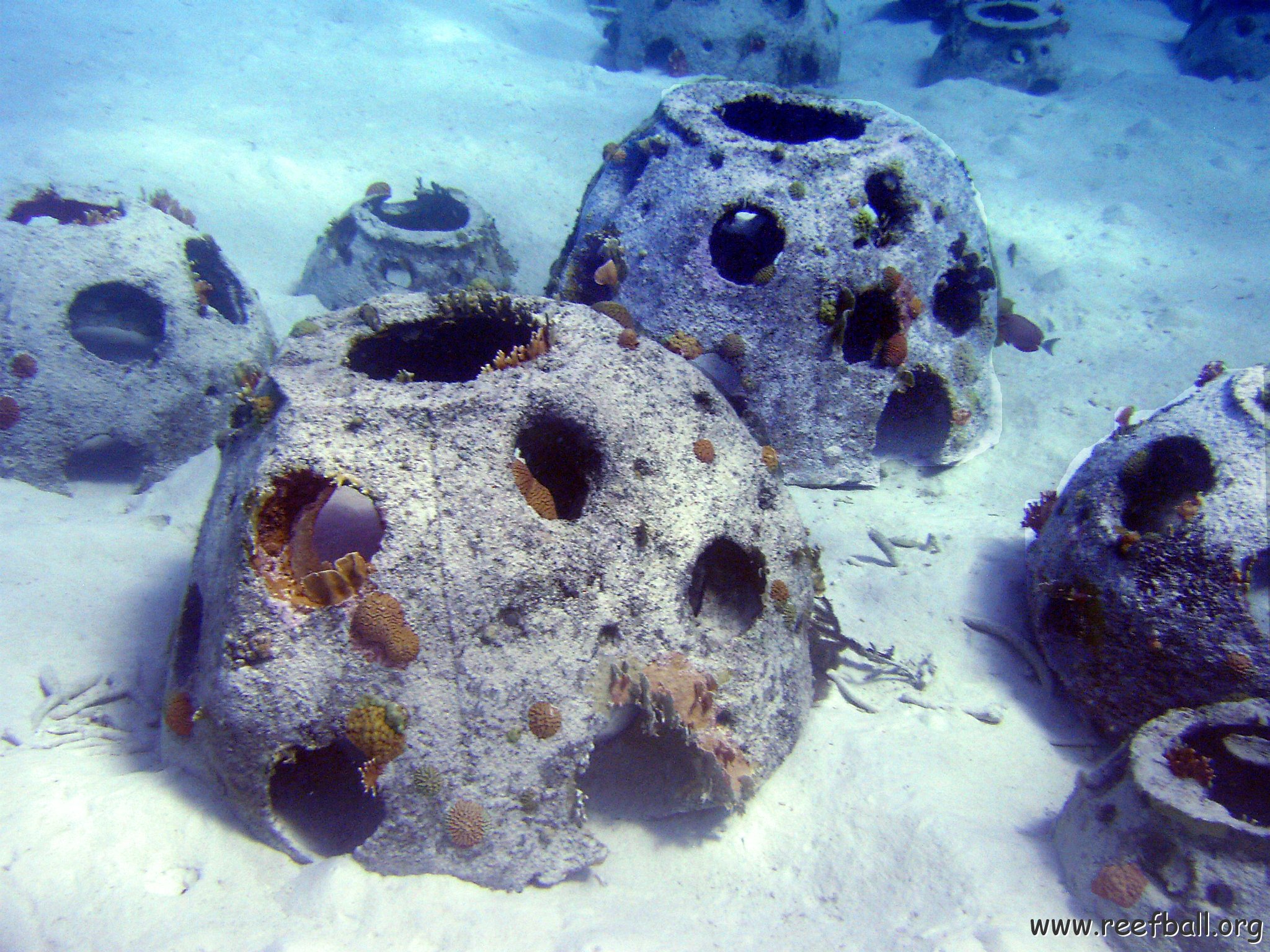
Reef Ball, artificial reef module, coral transplant
Photography: Reef Ball
However, we need to have in mind the optimal conditions for the correct formation of an ecosystem like this. The reef areas have unique characteristics, which make the possible development and maintenance of these sites.
There are several essential points, and these are the main three:
• Water temperature (between 26° to 28° C)
• The type of ocean soil (sand, algae or rock)
• Depth (between 3 to 20 meters)
The most effective method consists in creating groups or modules of artificial reefs of various sizes since it is necessary to create a synergy and variety between species.
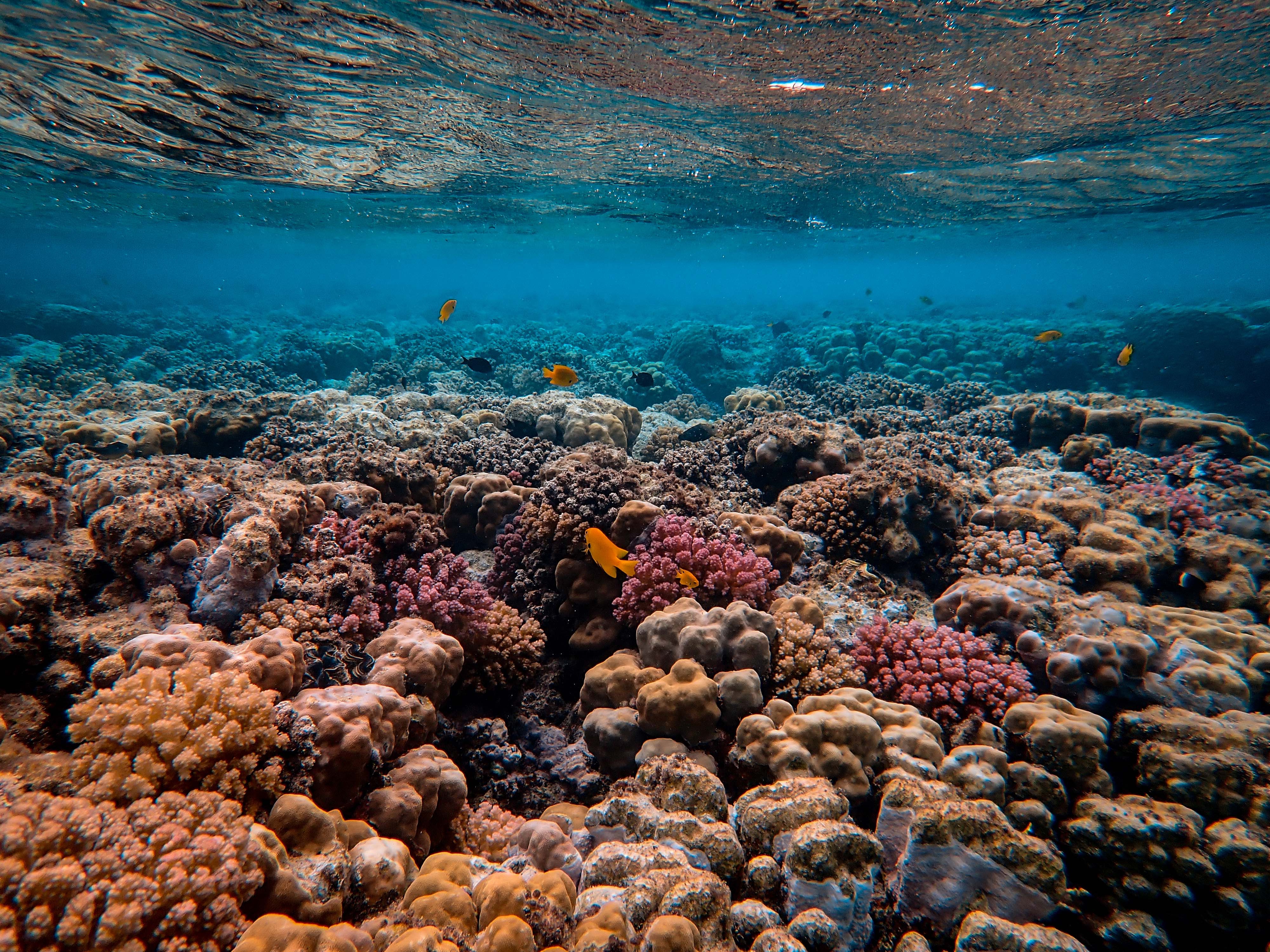
Reef
For example, vegetarian fish will slow down the growth of algae resulting in the correct sun exposure for corals since it is a crucial factor for their growth. Each species plays a fundamental role in the health of an ecosystem.
The Yucatan Peninsula, the Gulf of Mexico, and the Caribbean Sea, have the ideal characteristics for the creation of ecosystems with artificial reefs, whether for commercial, private, tourist, research, or charitable purposes.
“The ocean is a world of infinite possibilities; it is in our hands to work for a real positive change”.
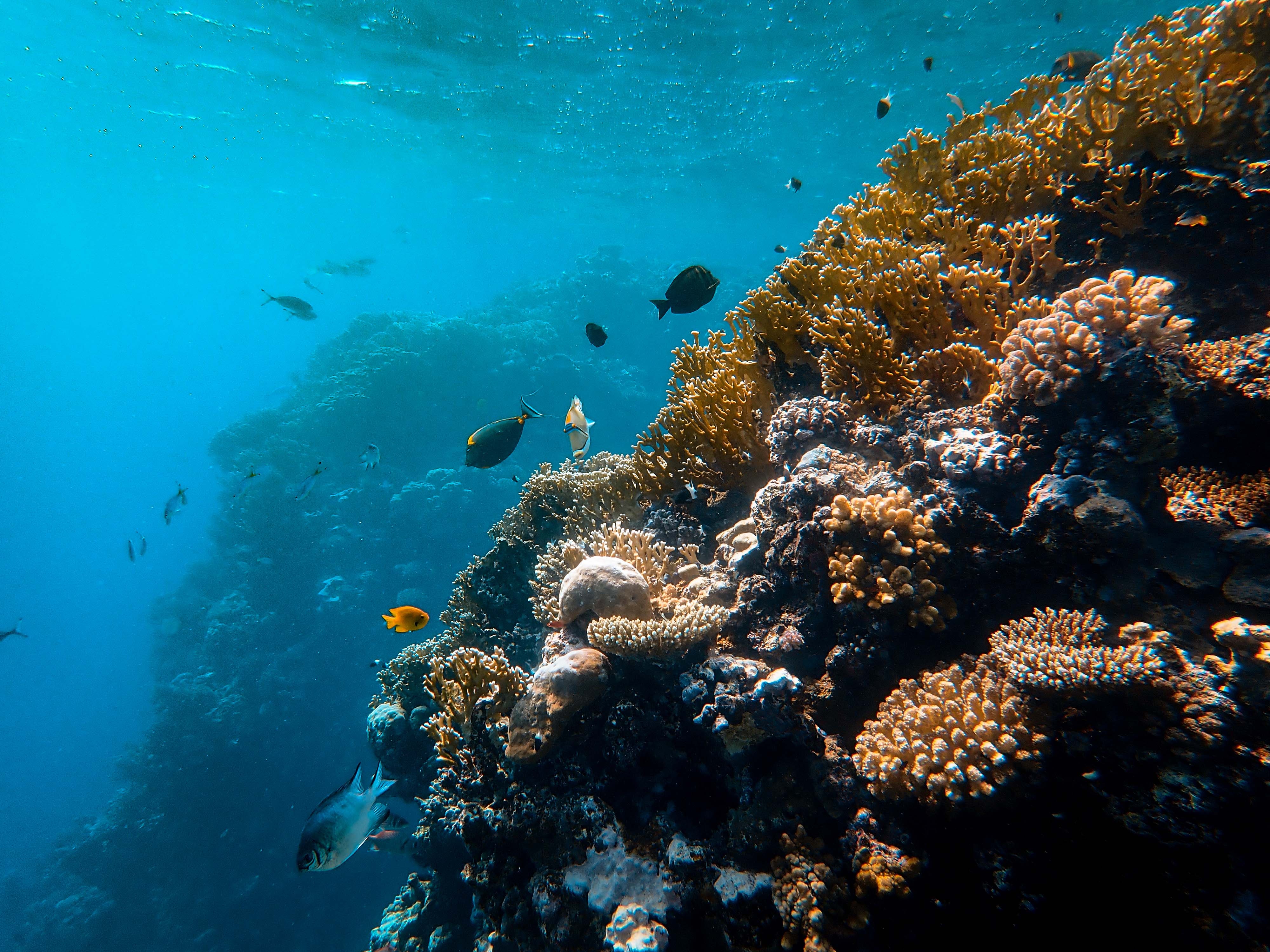
Reef








